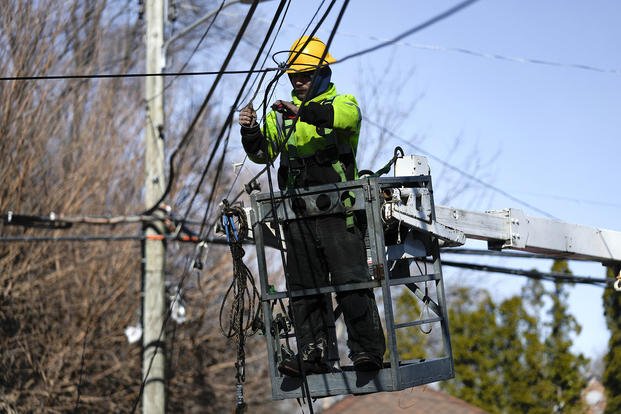The economy gained 244,000 net jobs in April -- the third straight month of solid gains. Yet the unemployment rate rose from 8.8%-9%.
How did that happen? It's because the government relies on two surveys for those figures, and they can diverge sharply from time to time.
One is called the payroll survey. It asks companies and government agencies how many people they employ. This survey produces the number of jobs gained or lost during the month. In April, the payroll survey showed the best month of private-sector hiring since February 2006. Businesses added 268,000 positions, while federal, state and local governments cut 24,000 jobs.
The other is called the household survey. Government workers ask households about the employment status of adults living there. Those without jobs are asked whether they're looking for one. If they're not, they're no longer considered part of the workforce and aren't counted as unemployed. The household survey produces the unemployment rate each month.
In April, the household survey painted a gloomier picture than its counterpart. It showed that the number of people who say they have a job fell by nearly 200,000 last month, while the number of unemployed rose by a similar amount. That pushed the unemployment rate up.
Economists say the household survey captured a big drop in the number of employed farm workers, mostly due to bad weather. The payroll survey does not measure job changes in agriculture.
The household survey can also be more volatile from month to month. The Labor Department surveys 60,000 households, a small fraction of the more than 100 million households in the United States.
By contrast, the payroll survey is more comprehensive. It seeks information from 140,000 companies and government agencies, which represent roughly one-third of all non-farm employees in the country. The employers send forms to the Labor Department with information about how many people are on their payrolls. They also provide data on wages, hours and other details.
While most Americans likely focus more on the unemployment rate, economists generally prefer the jobs figures from the payroll survey.
Economists note that the surveys tend to even out over time. The reports have been fairly consistent over the past five months. Since November, the unemployment rate has fallen nearly a full percentage point while employers have added 920,000 jobs.
Want to Know More About the Military?
Be sure to get the latest news about the U.S. military, as well as critical info about how to join and all the benefits of service. Subscribe to Military.com and receive customized updates delivered straight to your inbox.











